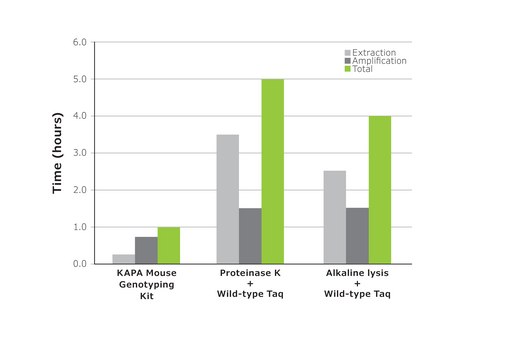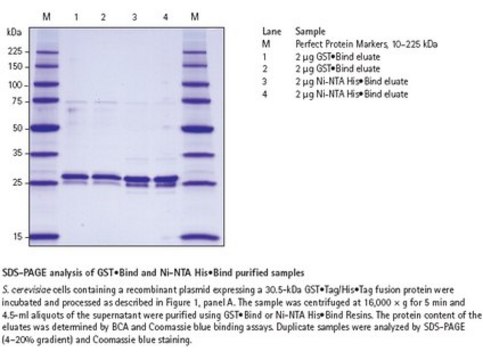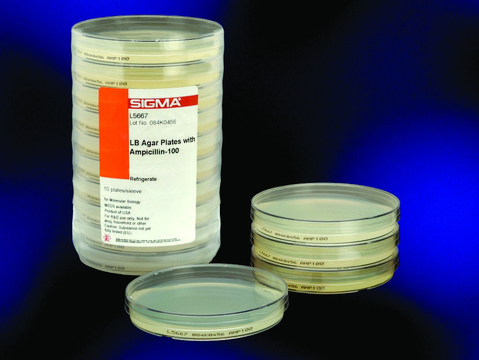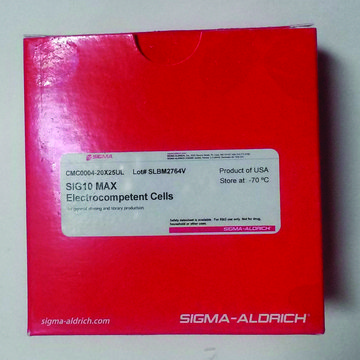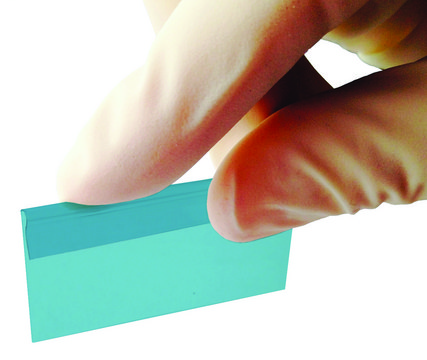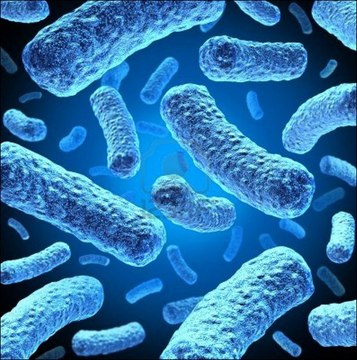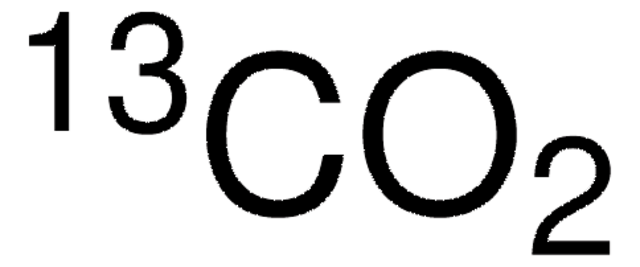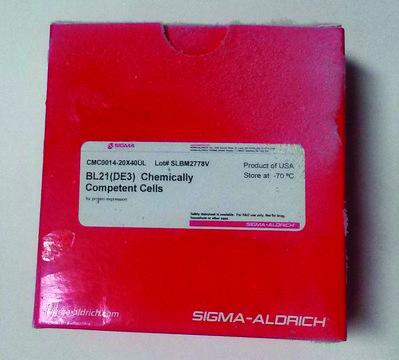推荐产品
等级
for molecular biology
表单
suspension
运输
dry ice
储存温度
−70°C
正在寻找类似产品? 访问 产品对比指南
一般描述
应用
特点和优势
- Ensures recovery of stable, high quality plasmid DNA as well as methylated DNA
- Renders protection to clonal stocks from T1 and T5 bacteriophage contamination
- Allows for β-galactosidase α-complementation for blue/white screening
- Guaranteed high transformation efficiency
- Convenient 80 μL or 100 μL aliquots
组分
- Thunderbolt GC10 electrocompetent cells, 5 X 80 μL or 5 X 100 μL (T7074)
- pUC 19 control DNA (10 ng/μL), 10 μL (D2567)
原理
法律信息
相关产品
储存分类代码
12 - Non Combustible Liquids
WGK
WGK 1
闪点(°F)
Not applicable
闪点(°C)
Not applicable
法规信息
Which document(s) contains shelf-life or expiration date information for a given product?
If available for a given product, the recommended re-test date or the expiration date can be found on the Certificate of Analysis.
How do I get lot-specific information or a Certificate of Analysis?
The lot specific COA document can be found by entering the lot number above under the "Documents" section.
How do I find price and availability?
There are several ways to find pricing and availability for our products. Once you log onto our website, you will find the price and availability displayed on the product detail page. You can contact any of our Customer Sales and Service offices to receive a quote. USA customers: 1-800-325-3010 or view local office numbers.
What is the Department of Transportation shipping information for this product?
Transportation information can be found in Section 14 of the product's (M)SDS.To access the shipping information for this material, use the link on the product detail page for the product.
Are home-made competent cells as efficient at transformation as purchased cells?
They can be, depending on the technique used, the expected transformation efficiency and how the cells are handled. For special applications, competent cells prepared in-house using standard methods may not provide the efficiency you need.
Are all competent cells suitable for both plasmid production and protein expression?
No. Most strains of competent cells are suitable for producing plasmid DNA that will be used to transfect insect or mammalian cells for expression of the protein. The BL21 competent cell strains have special traits enabling protein expression in bacteria.
What are important considerations when performing bacterial transformation?
Things to consider when planning bacterial transformation:DNA impuritiesSource of DNAAmount of DNA usedStorage and handling of the competent cells
Can I store the competent cells in the -20C?
No. Competent cells should not be stored at -20C for any length of time. The cells suffer a dramatic drop in transformation efficiency when stored higher than -80C.
How should I thaw the competent cells?
Competent cells should be thawed on ice. The transformation efficiency is dependent on the proper handling of the cells (maintaining cold temperature until transformation).
Can I re-freeze the vial if I do not use the entire aliquot of competent cells?
Re-freezing competent cells will result in a decrease in their transformation efficiency. If the cells are frozen first in a dry ice / ethanol bath before placement in the -80C freezer, the loss will be about two-fold. If placed directly in the -80C freezer, the loss in transformation efficiency is about five to ten-fold.
Competent cells were left on ice overnight - can they still be used?
Competent cells left on ice, or allowed to come to room temperature slowly will suffer a dramatic loss in transformation efficiency. We recommend thawing a new aliquot of competent cells.
Can I express a recombinant protein that is toxic to the bacteria?
For expression of toxic recombinant proteins, select the BL21 strain containing the pLysS plasmid. These cells express low levels of lysozyme that will bind to T7 polymerase, and inhibit transcription.
What DNA purity do I need for use in transformation?
The DNA used should be high quality - free from phenol, proteins, detergents, and ethanol. Dissolve the DNA in sterile water or 0.5x TE buffer (5 mM Tris-HCl, 0.5 mM EDTA).
Can I grow more competent cells from the stock I purchased?
Generally, no, because the future generations of cells lose their competency.
My question is not addressed here, how can I contact Technical Service for assistance?
Ask a Scientist here.
我们的科学家团队拥有各种研究领域经验,包括生命科学、材料科学、化学合成、色谱、分析及许多其他领域.
联系技术服务部门